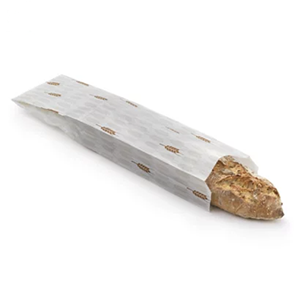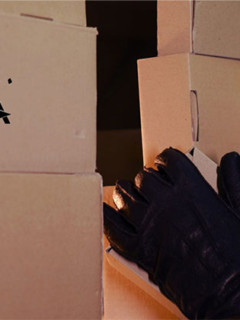For almost 100 years, people who want to send written documents in this country have used the DIN C formats, which are based on the DIN A format.
The opening x height of envelopes is usually given in millimetres. The opening corresponds to the width of the envelope. If you are sending documents, certificates or a presentation of a few pages, this is exactly the information you need. The dimensions of your documents, with a certain tolerance allowance, correspond to the dimensions of the required envelope. For example, for documents in DIN A4 format (210 mm x 297 mm), we calculate the dimensions to be 229 mm x 324 mm.
However, it is no longer possible to imagine shipping without the envelope as postal packaging, not only for letters, but also for consignments of goods. Foam or bubble envelopes cushion and protect your goods and at the same time are significantly cheaper in postage than the classic parcel.
How do you find the right size of mailing bag for a slightly bulky product?
In principle, voluminous products can also be sent in a flat envelope. They can be “bulged” by applying pressure to the side edges. However, applied mathematics comes into play here: since the sum of width, height and length remains constant, the width automatically decreases when I increase the height. The material also plays a role here: shipping bags made of solid cardboard only take part in this “game” to a limited extent, because they are stiff due to the material. This offers good protection against creases – but also means that the envelope does not adapt to the shape of your product, or does so only poorly. With this type of envelope, you must also pay attention to the filling height specification – and “add on” accordingly:
- If you are using the mailing bag for flat products: Add 2 cm to the width of your product and 1 cm* to the length. This will give you the minimum size of your envelope.
- If you are using the envelope with its maximum height: Add 6 cm to the width of your product and 3 cm* to the length. This will give you the minimum size of your envelope.
*Different for envelopes with side gusset: Here, the maximum filling height corresponds to the height of the side gusset – no need to do any calculations!
Which shipping bag for which product?
Products are sometimes encased in the shipping bag for hours or days, so the choice should not be made lightly! And similar to choosing a mattress, there is no one, right solution. Instead, the decision depends on a variety of factors.
- How pressure-sensitive is your product?
- How well must it be secured against breakage during shipping?
- Is the product sensitive to moisture?
- Does it have sharp edges or do you need to ensure that oil does not penetrate (important e.g. for machine components)?
We have summarised the individual points for you in the table below to help you make the decision and find the right shipping bag for your product, so that it “travels” as perfectly protected and secure as if it were in bed:
| Material |
Air cushion |
Foam padding |
Paper padding |
Cardboard |
| Product examples | ||||
| Strengths |
|
|
|
|
| Weaknesses |
|
|
|
|
| Particularly suitable for e.g. |
DVDs, fragile components, mobile phones… |
Products with sensitive surfaces, jewellery, leather, data carriers, slides… |
Pointed objects, fragile and sensitive products, oily machine parts |
Stable, flat goods, e.g. books, printed matter |
| Picture |  |
 |
|
 |
















